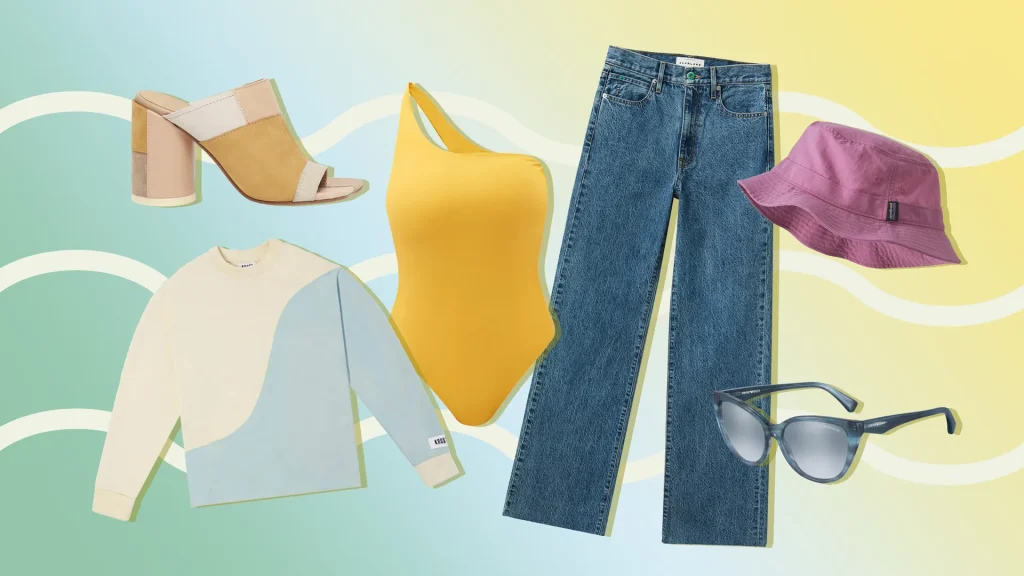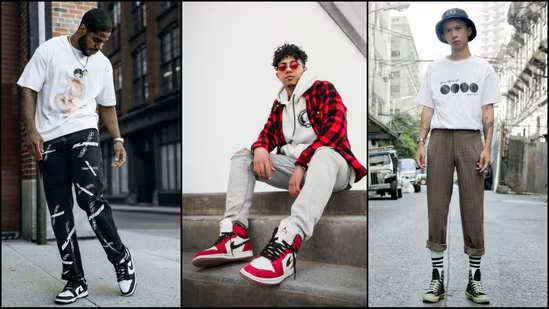Introduction
Sustainable fashion has emerged as a crucial movement in recent years, challenging the conventional practices of the fashion industry. In this article, we delve into the realm of eco-friendly women’s wear, exploring its significance, environmental impact, materials used, ethical considerations, and the future of sustainable fashion.
The Environmental Impact of Fast Fashion
The fast fashion industry has long been associated with environmental degradation. The mass production of clothing contributes to pollution from textile production and generates immense waste, exacerbating environmental concerns.
Benefits of Sustainable Fashion
In contrast, sustainable fashion offers a more environmentally friendly approach, reducing the industry’s carbon footprint and addressing ethical concerns surrounding production processes.
Materials Used in Eco-Friendly Women’s Wear
Eco-friendly women’s wear utilizes materials such as organic cotton, hemp, recycled polyester, and Tencel, which are sourced and manufactured with minimal environmental impact.
Fair Trade and Ethical Practices
Furthermore, sustainable fashion emphasizes fair trade and ethical practices, ensuring that workers receive fair wages and operate in safe working conditions. Certification programs play a vital role in verifying these practices.
Sustainable Fashion Brands
Numerous brands have emerged as pioneers in eco-friendly women’s wear, showcasing their commitment to sustainability through innovative designs and transparent production processes.
Consumer Behavior and Sustainable Choices
Consumer demand plays a pivotal role in driving sustainable fashion practices. By making informed choices and supporting eco-friendly brands, consumers can contribute to positive change within the industry.
Challenges and Limitations
However, challenges such as accessibility and affordability hinder widespread adoption of sustainable fashion. Additionally, misconceptions about the quality and style of eco-friendly clothing pose barriers to its acceptance.
The Future of Sustainable Fashion
Despite these challenges, the future of sustainable fashion looks promising. Innovations in technology and materials offer opportunities for further advancements in eco-friendly clothing production.

Educational Initiatives and Awareness Campaigns
Educational initiatives and awareness campaigns play a crucial role in promoting sustainable fashion and fostering consumer understanding of its importance.
Government Regulations and Policies
Government regulations and policies are also instrumental in driving sustainability within the fashion industry. Efforts to enforce environmental standards and incentivize sustainable practices are essential for long-term change.
Collaborations and Partnerships
Collaborations between stakeholders, including brands, manufacturers, and policymakers, are key to advancing sustainable fashion initiatives. By working together, these parties can drive meaningful progress towards a more sustainable future.
Measuring Impact and Progress
Measuring the impact of sustainable fashion efforts requires the development of metrics to assess environmental and social performance. Tracking progress towards sustainability goals enables stakeholders to evaluate their effectiveness and identify areas for improvement.
Social Media and Influencer Impact
Social media and influencers play a significant role in shaping consumer perceptions and behavior. Leveraging these platforms to promote sustainable fashion can amplify awareness and drive demand for eco-friendly clothing.
Conclusion
In conclusion, sustainable fashion choices are vital for mitigating the environmental impact of the fashion industry and promoting ethical practices. By embracing eco-friendly women’s wear and supporting sustainable brands, consumers can contribute to a more sustainable future for fashion.
FAQs
- Why is sustainable fashion important? Sustainable fashion is important because it reduces the environmental impact of the fashion industry and promotes ethical production practices, ensuring a more sustainable future for clothing production.
- How can consumers make sustainable fashion choices? Consumers can make sustainable fashion choices by supporting eco-friendly brands, choosing clothing made from sustainable materials, and opting for quality over quantity.
- What are some misconceptions about sustainable fashion? Common misconceptions about sustainable fashion include the belief that eco-friendly clothing is less stylish or more expensive than conventional fashion, which is not necessarily true.
- What role do certifications play in sustainable fashion? Certifications play a crucial role in verifying that clothing brands adhere to sustainable and ethical production practices, providing consumers with confidence in their purchasing decisions.
- How can the fashion industry work towards a more sustainable future? The fashion industry can work towards a more sustainable future by investing in innovative technologies, collaborating with stakeholders, and embracing transparent and ethical production practices.


